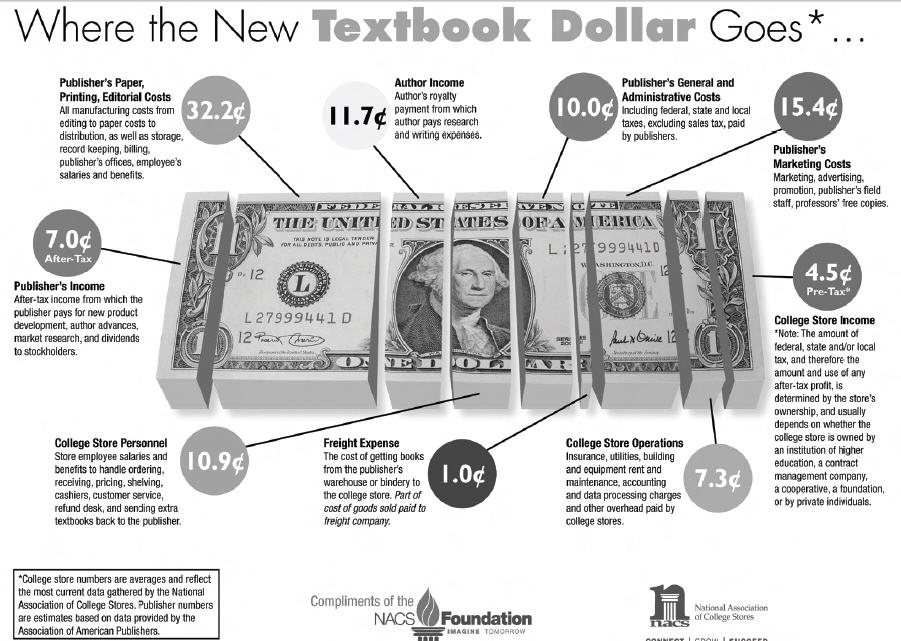Amazon plans big screen Kindle: Textbook margins are the real aim not saving newspapers

Updated: Amazon will reportedly unveil a new large-screen Kindle Wednesday. The company just scheduled a press conference for Wednesday at 10:30 a.m. in New York City at Pace University. Get the subtle hint?
Despite that subtle hint---holding a press conference at a university (textbooks people!)---a lot of folks are missing the big picture of these large screen Kindles (Techmeme). A bevy of outlets are talking about how big screen Kindles will save the newspaper industry (as if we're all married to reading broadsheets). The New York Times writes:
Now the recession-ravaged newspaper and magazine industries are hoping for their own knight in shining digital armor, in the form of portable reading devices with big screens. Unlike tiny mobile phones and devices like the Kindle that are made to display text from books, these new gadgets, with screens roughly the size of a standard sheet of paper, could present much of the editorial and advertising content of traditional periodicals in generally the same format as they appear in print.
- The National Association of College Stores (NACS) reckons students spend $750 a year at their campus store.
- An average of $488 was spent on new and used course materials (textbooks). The average price of a new textbook was $57 and a used one was $49.
- Multiply that $488 a student by the college enrollment of 17.7 million folks and you get a textbook market of about $8.6 billion or so.
Now let's put those figures in perspective. The market caps of the New York Times, Gannett and the Washington Post come to a little more than $5.2 billion. And that figure is widely inflated because the Washington Post owns Kaplan, the SAT prep company that carries the entire business.
Simply put, if Amazon really wanted to save the newspaper industry Jeff Bezos would just buy those aforementioned companies, spin off Kaplan and put the news gathering operations in a non-profit foundation.
Bezos and his Kindle are going after the inefficiencies here.
The data, courtesy of the NACS Foundation, illustrates Amazon's opportunity. More than 32 cents of your textbook dollar goes to paper, printing and edit costs. Toss in freight and a third of your textbook dollar goes to stuff that can be eradicated with a Kindle.
Meanwhile, the textbook margins are pretty good. All Amazon has to do is blow up the textbook market and capture some of those profits.
Do you need a used book market?
There are a few talkbacks below wondering about the used book market and whether Amazon would need one. I don't buy it. Here's why:Say you buy a textbook for $100. Our resident student Zack Whittaker reckons he'd get maybe $50 at best when he sells the book back. So here's the math:
- You buy text book for $100;
- You're out of $100 for a semester;
- You sell the textbook back for $50;
- You're out of $50 total, but your cash flow was gone for a semester. That money could have been spent on better things (beer?).
Now what if Amazon charges you $35 for a textbook. Your upfront cost is $35, there are no lines for returning the book and you keep it. Even without a used book market you come out ahead.
Overall, the used textbook market may be a lot like thinking you get a deal when you get a tax return. In reality, you're just loaning money to someone for a few months and happy when the institution gives some of it back.
